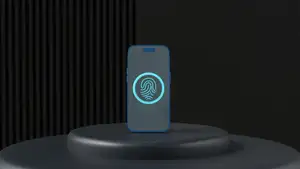
Artificial Intelligence for More Emotive Virtual Assistant?
Naturally you are well aware that the latest and the greatest from the tech world is the new found interest in the so called virtual assistants. Think Amazon’s Alexa, Siri and of course Google’s Echo.
What you may not yet be aware of is a new focus on turning these virtual assistants into something a bit more than a mere answer and response set of interactions. Specifically it is all about a new focus on setting up these virtual assistants to respond in more of a natural, or emotive manner.
This newfound focus is showing up at the moment with the Amazon Alexa assistant. The first step in this direction is an upgrade Amazon recently released to the development community. This new release now enables what are referred to as speech synthesis markup language tags.
For the record, note that these markup language tags are used by developers for coding purposes. In the newest release, the Alexa markup language tags are such that more natural sounding verbal response patterns can be coded into Alexa’s skill sets.
Get this: these new language tags now enable Alexa to perform such natural sounding language nuances as: whispering, pausing, beeping out expletives and even varying the speed, volume, emphasis as well as pitch of the verbal response.
In other words, the new Amazon language markup tags clearly are the next step forward for virtual assistants. With this sort of language markup, virtual assistants such as Alexa should start to sound a lot less robotic.
To get a better handle on the power of these new language markup tags it is helpful to compare it to the world of text messaging. Recall that in the early days, texting was simply about the message? Then along came the ability to add punctuation and emoji to the texts. That extra bit suddenly enabled much more nuanced text messages.
The expectation is that these new language markup tags will add in similar nuances of language. One result could be much more efficient phrasing with fewer ambiguous results. The implication is that once these new markup language tags are embraced and utilized by developers, the Alexa could be seen as having an emotional advantage compared to the competing virtual assistants from Google and Apple. After all, there is ample evidence to suggest that people are more drawn and even connected to objects that allow for back and forth interactions.
Bottom line: virtual assistants are on the edge of becoming more natural sounding. Watch closely as this technology continues to develop.









